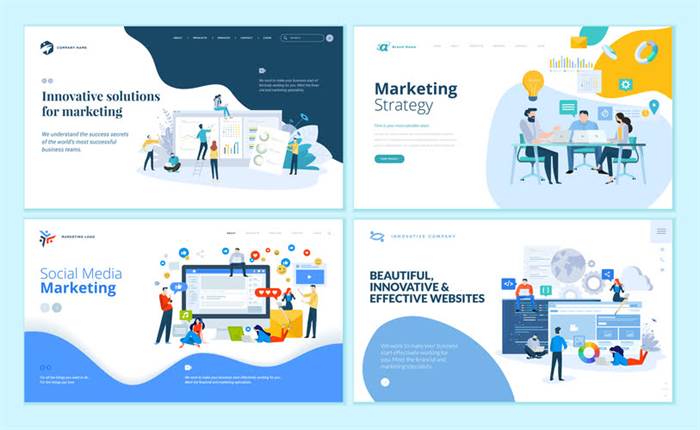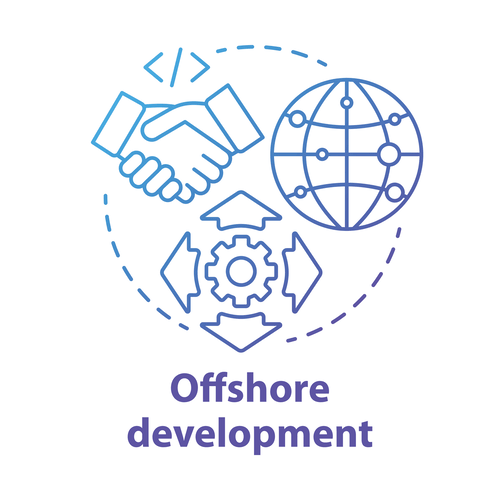Content
There may be regret as the team ends, so a ceremonial acknowledgement of the work and success of the team can be helpful. If the team is a standing committee with ongoing responsibility, members may be replaced by new people and the team can go back to a forming or storming stage and repeat the development process. During the Norming stage of team development, team members begin to resolve the discrepancy they felt between their individual expectations and the reality of the team’s experience. If the team is successful in setting more flexible and inclusive norms and expectations, members should experience an increased sense of comfort in expressing their “real” ideas and feelings. Team members feel an increasing acceptance of others on the team, recognizing that the variety of opinions and experiences makes the team stronger and its product richer. Members start to feel part of a team and can take pleasure from the increased group cohesion.

This means it’s all the more important for managers and team leaders to prioritize and facilitate team development. It’s critical that virtual teams learn to collaborate and communicate effectively. As the real work kicks in, the project may present both technical and interpersonal challenges.
#2 Storming Stage
In order to handle the many changes facing the workforce, leaders must strive to be as adaptable as possible. Managers must strive to become adaptive leaders—leaders who prize creativity, collaboration, integrity, and innovation. As talented as we may be at our jobs, there is always room for improvement. The next project can always be better than the last, and we can always be better than we were yesterday. Executives Charma helps executives create efficiency that pays off.HR teams Charma helps HR teams build culture and elevate well-being.
Team norms set a standard for behavior, attitude, and performance that all team members are expected to follow. Norms are effective because team members want to support the team and preserve relationships in the team, and when norms are violated, there is peer pressure or sanctions to enforce compliance. https://globalcloudteam.com/ At the end of the project, set up an online meeting where team members come together to discuss the entire project, from the successes to the frustrations. Ask them to prepare examples beforehand outlining what worked and what didn’t, and then give each person five minutes to share their thoughts.
The forming stage
Team-building exercises are often done to help a team through its development process. For example, if a new member joins the team there may be a second brief period of formation while that person is integrated. As a team goes through the stages, individual members learn more about their potential and how to work dynamically as part of a collective. The team development stages also acquaint members with each other’s talents and roles and prepare them for future leadership positions. Initially, they might not understand each other’s expectations and roles.

This is because your team recognizes how they can trust you and each other in order to complete tasks, move towards their objectives and rely on each other for help. This is where it’s important to level with individual contributors and truly get to know what’s going on. This is a great time to reflect on what makes a high-performing team able to accomplish tasks and move through obstacles. Your team needs to communicate clearly and, rely on one another rather than turn on each other.
What is a professional development plan (PDP)? 6 steps to create one
While the forming stage is useful in establishing objectives, members rarely branch out from their individual roles. As the group process starts to gel, leadership needs to provide enough structure and direction so that team members feel confident enough in their roles to take risks and assume more responsibility. During this period of team formation, it’s critical that the leader encourages members to go outside of the comfort zone and explore new ways of working together. It’s critical that leaders understand team development is a process that doesn’t happen overnight. It requires time, attention and patience as team members work through each of the 5 stages and build a sense of trust and companionship with their colleagues. Leaders who have a good grasp of the Tuckman model are able to properly position themselves within their team’s overall development and ensure that meaningful progress is happening.

Remote teams A simple platform that tells you how remote teams really feel, and fosters action-oriented 1-on-1 conversations. The way team members function as a group is as important to the team’s success as the quality of what it produces. There are many factors that play a role in team success, and the following is by no means an exhaustive list. However, teams that lack the factors below will likely struggle to function well. While teams move through the four stages in sequence, the phases may overlap or be repeated.
Reading: Stages of Team Development
The imposing personalities in the team will become evident at this stage, especially when members start to share ideas openly. Those who stand out start to get accepted by their peers as potential leaders. Team leaders should implement measures for managing competition and potential conflict among members. They four stages of team development also need to streamline competition and ensure the projects they’re handling stay on track. During the first meeting, team members also learn their roles and what’s expected of them as they work towards attaining the shared goal. Ground rules that will govern the team get outlined at the forming stage.
- Since its development more than 50 years ago, the concepts that led to development of FSNP have proven accurate in describing the phases project teams and other employee groups move through.
- While teams move through the four stages in sequence, the phases may overlap or be repeated.
- Team members start to develop trust and respect for each other, and they start working together as a unit.
- Challenges have a minimal impact on team performance and morale because members have strategies for resolving them without compromising project timelines and progress.
- Create open lines of communication between leadership and team members.
- And as they do this, the team begins to establish how they will work together going forwards.
In this stage, everyone is working towards the team’s goals, and group cohesion is at an all time high. During the Norm phases, team leaders should focus on boosting these positive changes and creating a culture where diversity of opinion and constructive criticism are welcome. This is a good time to review processes and make changes that increase productivity. During the Storm stage, team leaders should attempt to refocus team members on their tasks and take steps to define roles clearly. It’s also important to make sure each team member has the tools they need to do their job. It may also prove helpful to break larger tasks down into smaller, more easily achievable parts.
Lean, Six Sigma and Theory of Constraints Rank High For Process Optimization
This model explains how the team develops maturity and ability, establishes relationships among the members, and the changes of the leader when it comes to the leadership styles. It begins with a directing style, then to coaching and participation and in the finishing stage, the delegation stage (Bruce Tuckman’s 1965, n.d.). Tuckman’s model is an explanation and understanding of how a team develops. As well, it helps to train people in group work enabling them to accomplish their full potential (Bruce Tuckman’s 1965, n.d.). This paper became the groundwork for the stages of group development. Tuckman’s foundation helps team leaders understand how team dynamics change as a project progresses.
